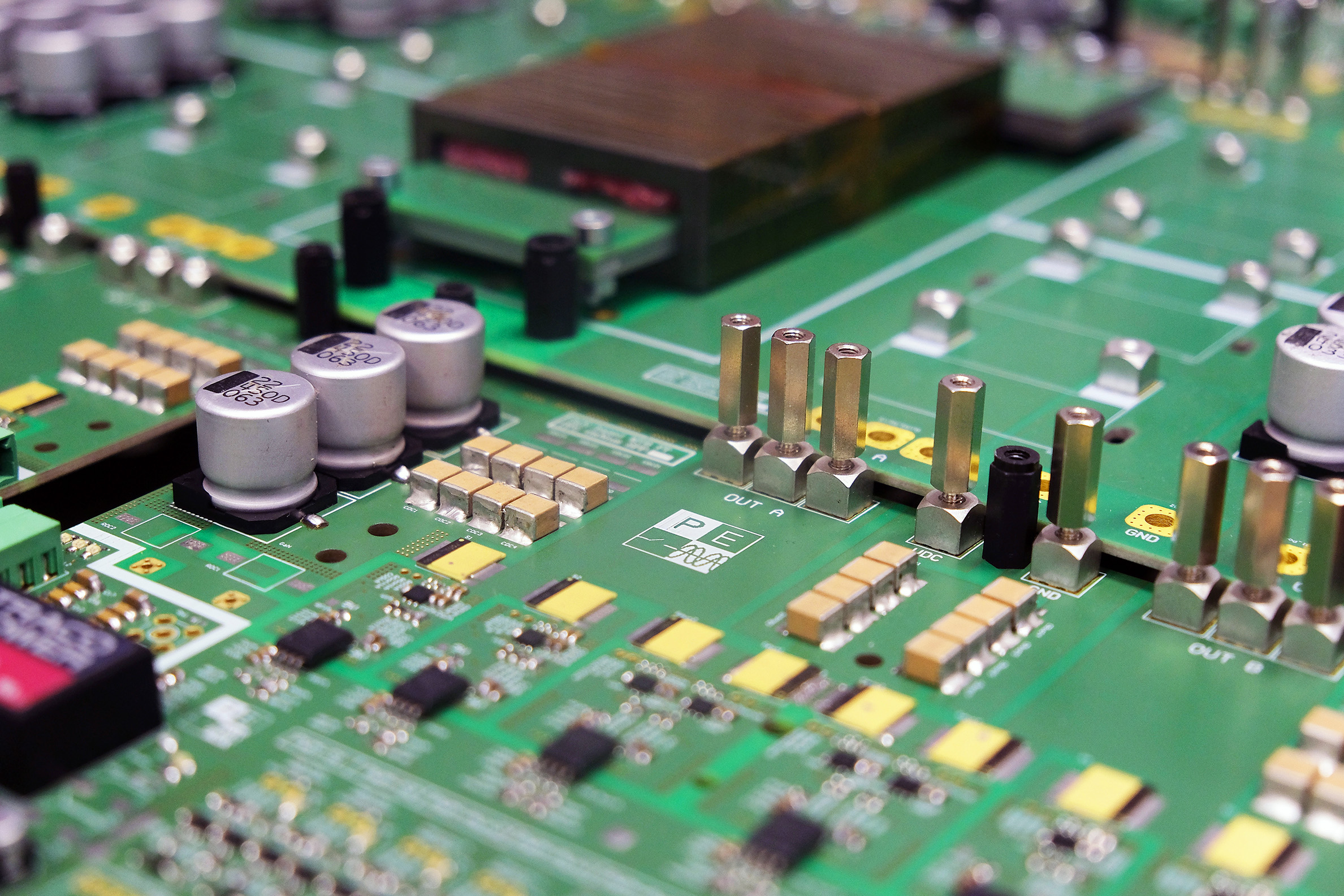Author: CAU
Kiel University and Trinity College Dublin receive €2.5 million EU funding to develop particularly reliable and sustainable transformers

When power fails in data centres, the damage is often great: not only is the operation of companies or institutions interrupted, but important data can also be lost. In addition, the facilities are known for their high energy consumption. The goal of the research project "Super-HEART" is a power supply that can reliably use several sustainable energy sources such as hydrogen and solar energy at the same time. The focus is on developing a cost-efficient transformer that enables a continuous, clean flow of electricity. In the project working groups from the fields of power electronics and materials sciences at Kiel University and Trinity College Dublin are cooperating. It is funded by the European Union with a total of 2.5 million euros from an innovation programme until 2025. 1.3 million euros of this will go to Kiel University. The project is also supported by the Fraunhofer Institute for Silicon Technology (ISIT) in Itzehoe.

Integrating hydrogen into the energy grid as a reliable power source
"The energy transition poses completely new challenges for our power grid. This EU funding is an important support to advance a reliable and sustainable energy supply, for example with hydrogen, together with partners and thus also fulfil our social responsibility as a university," emphasises Prof. Dr. Simone Fulda, President of Kiel University.
In contrast to conventional transformers, using power electronic components hydrogen can be integrated into power grids as an energy source. Up to now, however, power electronic components have been considered susceptible to failure and require expensive and complex redundancies: several components take over in the event of a failure and thus reliably maintain the power supply.
The transformer that will be developed in the Super-HEART project is intended to be much more compact and cost-effective. To achieve this, the project team is developing extremely fast and powerful supercapacitors. It is also using innovative semiconductor materials such as silicon carbide and gallium nitride. Due to their high efficiency they are considered to be the materials of the future for power electronics.

Developing game changers for critical infrastructures
With this project, Marco Liserre, Professor of Power Electronics at Kiel University and Deputy Head of ISIT, is building on previous EU projects in which he developed a modular transformer. "The modular transformer and the supercapacitors for short-term energy storage are technological breakthroughs themselves. By combining them and developing them further, we expect a 20 per cent increase in performance in terms of stored energy, reliability of power supply and reduction in operating costs," says project leader Liserre. "This can make them a 'game changer' for complex and critical infrastructures that otherwise incur high downtime costs." The first prototypes will be tested in data centres and zero-energy houses, which produce their own energy needs using hydrogen-powered fuel cells, photovoltaic systems and other storage and energy sources.

Supercapacitors for emergency energy storage
Supercapacitors are energy storage devices that can be charged and discharged much faster than conventional batteries. If the power supply fluctuates or fails for a short time, they can immediately release or absorb energy. This also makes it possible to temporarily shut down faulty components in the power grid. "However, the supercapacitors currently available on the market can only store a small amount of energy. We want to use special nano and micro-structuring to improve their performance and fit them optimally into the new transformers," says Rainer Adelung, Professor of Functional Nanomaterials at Kiel University.
The Kiel researchers are working closely with Valeria Nicolosi, Professor of Nanomaterials and Advanced Microscopy at the Institute of Chemistry at Trinity College Dublin. She has built special supercapacitors from two-dimensional nanomaterials based on titanium carbide, which will be further developed in this project.

Looking for industrial partners to enter the market
Now that Liserre has twice been awarded funding from the European Research Council (ERC), including the prestigious ERC Consolidator Grant, he is looking for industrial partners to commercialise the results of his research, with a view to setting up his own company.
 Fraunhofer Institute for Silicon Technology
Fraunhofer Institute for Silicon Technology